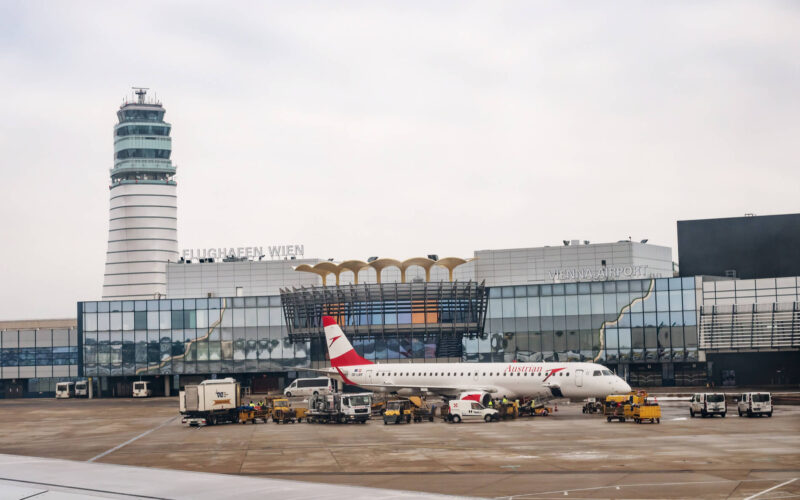Austria’s plan to set a €40-minimum airfare, that places low-cost carriers against traditional airlines, raised the European Union’s concerns.
In June 2020, a minister from the Austrian Green Party, announced environmental policy plans to set a minimum airfare of €40 and to increase passenger taxes on short and medium haul flights. Previously, taxes on flights ranged from $3.9 (€3.50) to $19.7 (€17.50) on short-haul and long-haul journeys, respectively. Instead, Austria raised the tax to $13.50 (€12), no matter the flight distance.
However, new fares and taxes would hit low-cost carriers and traditional airlines, such as Austrian Airlines and Lufthansa (LHAB) (LHA), disproportionately. It would force such carriers as Ryanair and Wizz Air to raise ticket prices or to operate in Austria at a loss.
The minimum-fare plan raised the EU concerns, as according to its main air service regulation from 2008, airlines “shall freely set airfares” within the union.
The European Commission “expects to receive more detailed information from the Austrian authorities on the precise content of the envisaged measures,” the spokesman for the EU executive told Reuters on February 3, 2021.
“The Commission supports measures to promote the greening of aviation, and of transport in general, which are compatible with the internal market rules,” the EU spokesman said. “As always, the Commission will verify whether the new measures are in line with EU common rules and, if necessary, will engage a dialogue with the Austrian authorities.”
In June 2020, Austrian Airlines, the flag-carrier of Austria, received a sum of €600 million in financial aid due to COVID-19 pandemic. €450 million of the package came from Austrian government and €150 million was given by its parent company, the Lufthansa Group. In exchange for the state aid, Austrian will have to cut CO2 emissions by 30% by 2030 and to increase jet fuel efficiency by 1.5% annually.

